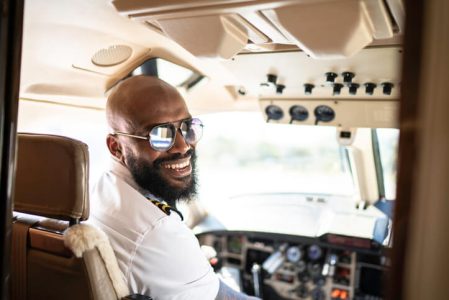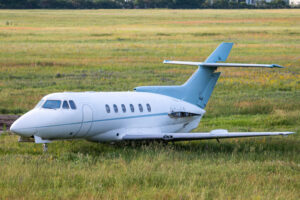A pilot training program aimed to help insure single-pilot operators
High performance, single-pilot flying is not for the faint of heart. Oh sure, when it’s a beautiful day and all systems are purring like a kitten, life is good. On those days, you almost start to wonder why they made such a big deal out of single-pilot flying during pilot training. You’re in complete control and all is going according to plan – until it’s not.
Ask any pilot who is part of a crew and they will tell you horror stories of when things got ugly. Weather, mechanical failures, passenger issues, emergencies, you name it, we’ve all been there. But not all of us have been there alone. I’m not sure which is worse…to start out as a single-pilot pilot in a high-performance turbine aircraft or to come from a two-pilot crew and transition into a single-pilot environment. Both are tricky, and don’t let anyone tell you otherwise.
For one thing, single-pilot pilot resource management is not as simple as it sounds. It’s far easier to ask the pilot sitting next to you to grab the emergency checklist or get the updated ATIS or figure out why your iPad isn’t picking up the same weather that your onboard radar is showing.
I went from flying an Airbus 321 to a single-pilot turbo commander (yes, by choice) and I can tell you, it’s as different as night and day. Which may be why insurance companies are hesitant to provide coverage for single-pilot pilot jet operators. In fact, owner/operator pilots of single-pilot pilot jet aircraft are particularly difficult to insure, regardless of their experience. I understand why from personal experience. I had over 10,000 hours of airline flying, but felt like a novice pilot when I started out in the commander all alone. Especially in the weather, at night, in an unfamiliar aircraft. The struggle was real.
Now, training provider CAE has a new option for single-pilot pilot operators. They are partnering with the Starr insurance company to make it easier for these pilots to not only get coverage, but also to be as safe as possible. Pilots who complete the training program will receive special consideration for insurance coverage.
The training program consists of an intense 18-month mentorship training cycle that uses scenario-based training events, and includes flight data training monitoring, in-aircraft mentoring, and upset prevention and recovery training. The participants learn in classroom simulators and onboard aircraft with specially trained instructors.
This is a positive step in the right direction for single-pilot operators and insurance companies. The data that the insurance company will collect from the program participants will make the underwriting process more accurate, which benefits everyone involved. Traditional pilot training has its place in aviation, but a partnership like this takes training to a whole new level.
RELATED CTS TRAINING
RELATED CTS TRAINING









